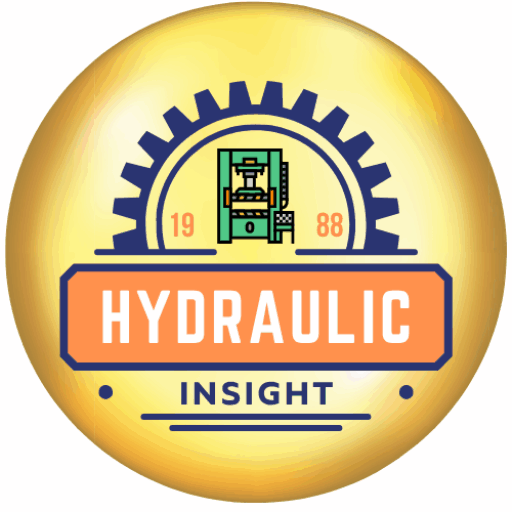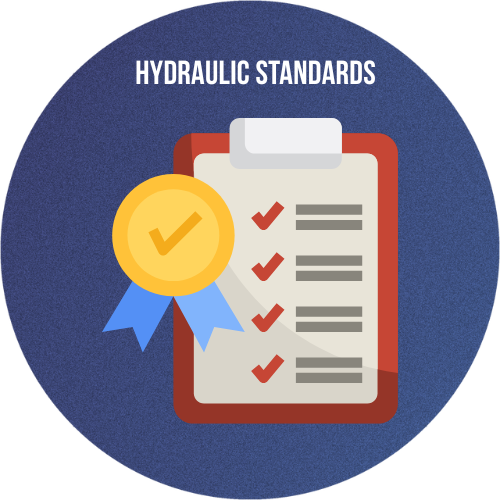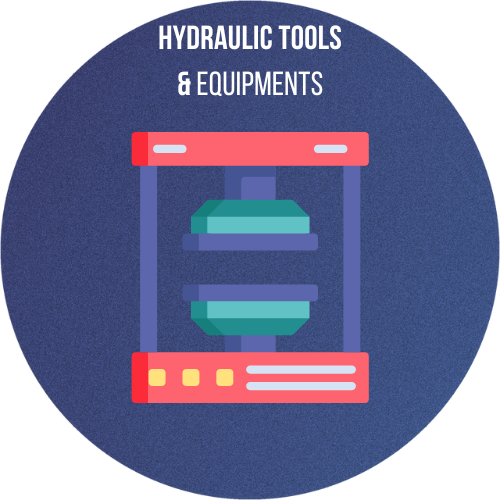Leading Manufacturers of Hydraulic Valves

The global hydraulic industry relies on a handful of highly reputable manufacturers known for producing high-quality, reliable, and innovative hydraulic valves. Selecting products from these trusted brands not only ensures better system performance but also improves safety, durability, and after-sales support.
Below are some of the most recognized hydraulic valve manufacturers in the world:
1. Parker Hannifin
Headquarters: Cleveland, Ohio, USA
Overview: Parker is one of the largest and most well-known names in motion and control technologies. Their hydraulic valves are widely used across industries, including aerospace, manufacturing, and mobile machinery.
Key Features:
-
Broad range: directional, pressure, flow, and proportional valves
-
Modular valve systems and stackable designs
-
Global support and customization options
2. Bosch Rexroth
Headquarters: Lohr am Main, Germany
Overview: Bosch Rexroth is renowned for advanced hydraulics and precision engineering. Their hydraulic valves are common in industrial automation, energy, and marine applications.
Key Features:
-
High-quality electrohydraulic and servo valves
-
Integrated sensors and smart control options
-
ISO and DIN standard compatibility
3. Eaton Hydraulics
Headquarters: Dublin, Ireland (acquired by Danfoss in 2021)
Overview: Eaton provides robust, field-proven hydraulic valves designed for heavy-duty applications, particularly in mobile equipment and construction.
Key Features:
-
Cartridge, spool, and custom block-mounted valves
-
Rugged construction for harsh environments
-
Excellent support and legacy product continuity
4. Sun Hydraulics (Helios Technologies)
Headquarters: Sarasota, Florida, USA
Overview: Specializes in high-performance cartridge valves that offer compact design and low leakage. Ideal for OEM system integration.
Key Features:
-
Modular cartridge valve design
-
High-pressure capability (up to 5000 psi)
-
Smooth proportional valve options
5. Yuken Kogyo
Headquarters: Kanagawa, Japan
Overview: Yuken is a Japanese manufacturer known for precision hydraulic components. Their hydraulic valves are commonly used in manufacturing and automation lines.
Key Features:
-
Proportional and servo valves for industrial automation
-
Energy-efficient flow control
-
Focus on compact, integrated system solutions
6. HAWE Hydraulik
Headquarters: Munich, Germany
Overview: Specializes in compact, high-pressure hydraulic valves with a strong presence in renewable energy and mobile hydraulics.
Key Features:
-
Compact, valve-integrated manifold blocks
-
High-pressure capabilities up to 700 bar
-
Emphasis on leak-tight designs
7. HydraForce
Headquarters: Lincolnshire, Illinois, USA
Overview: A leading manufacturer of hydraulic cartridge valves and integrated circuit solutions, known for flexibility and OEM customization.
Key Features:
-
Efficient custom manifold systems
-
High-performance solenoid valves
-
Strong U.S. and global distribution network
Choosing the Right Manufacturer
When selecting hydraulic valves, it’s important to consider:
-
Local availability and technical support
-
Certifications and industry standards (e.g., ISO, CE)
-
Product range and specialization
-
Integration with existing equipment or systems
Purchasing from a reputable manufacturer ensures that your hydraulic valves meet stringent quality standards and perform consistently under demanding conditions.


 HYDRAULIC BASICS
HYDRAULIC BASICS  HYDRAULIC COMPONENTS
HYDRAULIC COMPONENTS  HYDRAULIC SYSTEM
HYDRAULIC SYSTEM  HYDRAULIC SYMBOLS
HYDRAULIC SYMBOLS  HYDRAULIC STANDARDS
HYDRAULIC STANDARDS  HYDRAULIC CALCULATORS
HYDRAULIC CALCULATORS  HYDRAULIC TOOLS
HYDRAULIC TOOLS  BUYER’S GUIDES
BUYER’S GUIDES 







